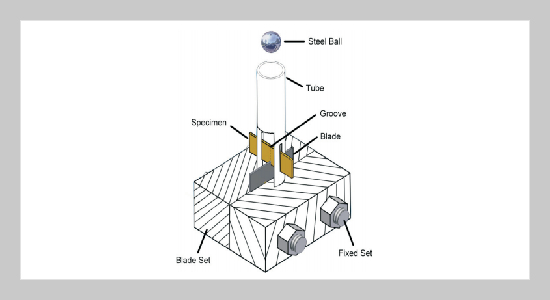Jin-Shin Ho1 , Ching-Bin Lin This email address is being protected from spambots. You need JavaScript enabled to view it.1 and Zue-Chin Chang2 1Department of Mechanical & Electro-mechanical Engineering, Tamkang University, Tamsui, Taiwan 251, R.O.C.
2Department of Mechanical Engineering, National Chin-Yi Institute of Technology, Taichung, Taiwan 411, R.O.C.
Received:
October 11, 2006
Accepted:
March 27, 2007
Publication Date:
December 1, 2007
Download Citation:
||https://doi.org/10.6180/jase.2007.10.4.09
The line- and the cross-crack healing of Poly(methyl methacrylate, PMMA) under the methanol treatment at 40 ºC ~ 60 ºC have been studied. The cross-crack means that the crack plane is vertical to the crack plane of the line-crack. The effective glass transition temperature of PMMA is reduced after the methanol treatment. Both crack healings only occur at the effective glass transition temperature lower than the transport temperature. Both crack closure rates are constant. The closure rate of the cross-crack is higher than that of the line-crack. The analyses of the surface morphology and mechanical strength show that there are also two stages for crack healing which is wetting and diffusion. The tensile fracture stress of the healed specimen increases with a rise in volume fraction of the absorbing methanol. The tensile fracture stress of healed PMMA with line- or cross-crack can be recovered to the virgin material. The tensile fracture stress of healed PMMAwith cross-crack is larger than that with the line-crack.ABSTRACT
Keywords:
Line and Cross-Crack Healing, Poly(Methyl Methacrylate), Methanol
REFERENCES
















